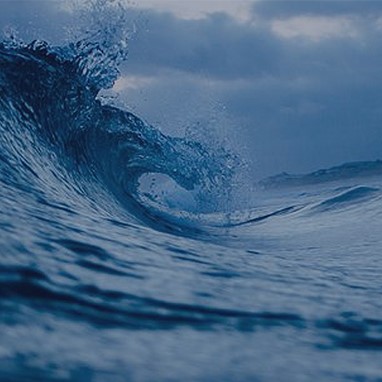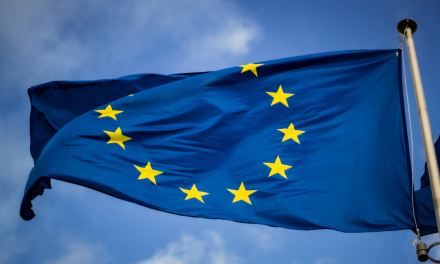News
The French operator is well positioned when it comes to transatlantic internet traffic due to involvement in Google’s Dunant cable and the upcoming Amitié cable
Today, Orange has announced that its capacity on Google’s Dunant cable is now ready for service for wholesale and business customers, as well as signing a partnership for the upcoming Amitié cable, which is planned to begin service in 2022. Both cable systems are transatlantic, linking France with the east coast of the US.
The Dunant cable is the second private submarine cable built by Google, following the non-telecom Curie cable that connects Chile to Los Angeles. The Dunant system, named for Henry Dunant, Nobel Peace Prize winner and founder of the Red Cross, spans around 6,600km across the Atlantic, linking Telxius’ Virginia Beach Cable Landing Station in the US to the Parée Préneau cable landing station in Saint-Hilaire-de-Riez, France, owned by Orange. The cable has 12 fiber-pairs, with a total design capacity of 25 Tbps per pair, thus totalling 300 Tbps.
The Amitié cable, however, will be even more powerful, featuring 16 fibre-pairs of up to 23 Tbps each, theoretically giving a grand total of 368 Tbps. The Amité system is being planned by a consortium featuring Facebook, Microsoft, Aqua Comms, and Vodafone, with the latter the landing party for the cable’s landing in Bude, UK. The rest of the 6,600km cable will link Massachusetts to Orange’s landing station in le Porge near Bordeaux.
Both the Dunant and Amitié cable boast higher capacity than all existing transatlantic subsea systems.

For both projects, Orange owns the 12 nautical miles of cable from its French landing facilities and into the surrounding waters, with the other owners of each cable having indefeasible rights of use (IRU) over the same stretch. In return, Orange receives its own IRU for two fibre pairs in each cable, giving them a total capacity of up to 100 Tbps, equating to around 15 million HD video downloads simultaneously.
“In the context of the explosion of international traffic, the arrival of a new generation of more efficient submarine cables, and in view of strategic issues and national sovereignty related to submarine cables, Orange continues to be a key global player,” explained Jean-Luc Vuillemin Executive Vice President of Orange International Networks, Infrastructures and Services. “With capacity on these two cables, Orange will be able to offer the latest technology, diverse routes and the best latency to its customers once implemented.”
Around 80% of the internet traffic arriving in France comes from the US, with US–European traffic doubling every two years on average, making these cables invaluable investments for the coming decade.
Will we see yet more transatlantic cables on the horizon in 2021? Find out at this year’s Submarine Networks EMEA
Also in the news:


















